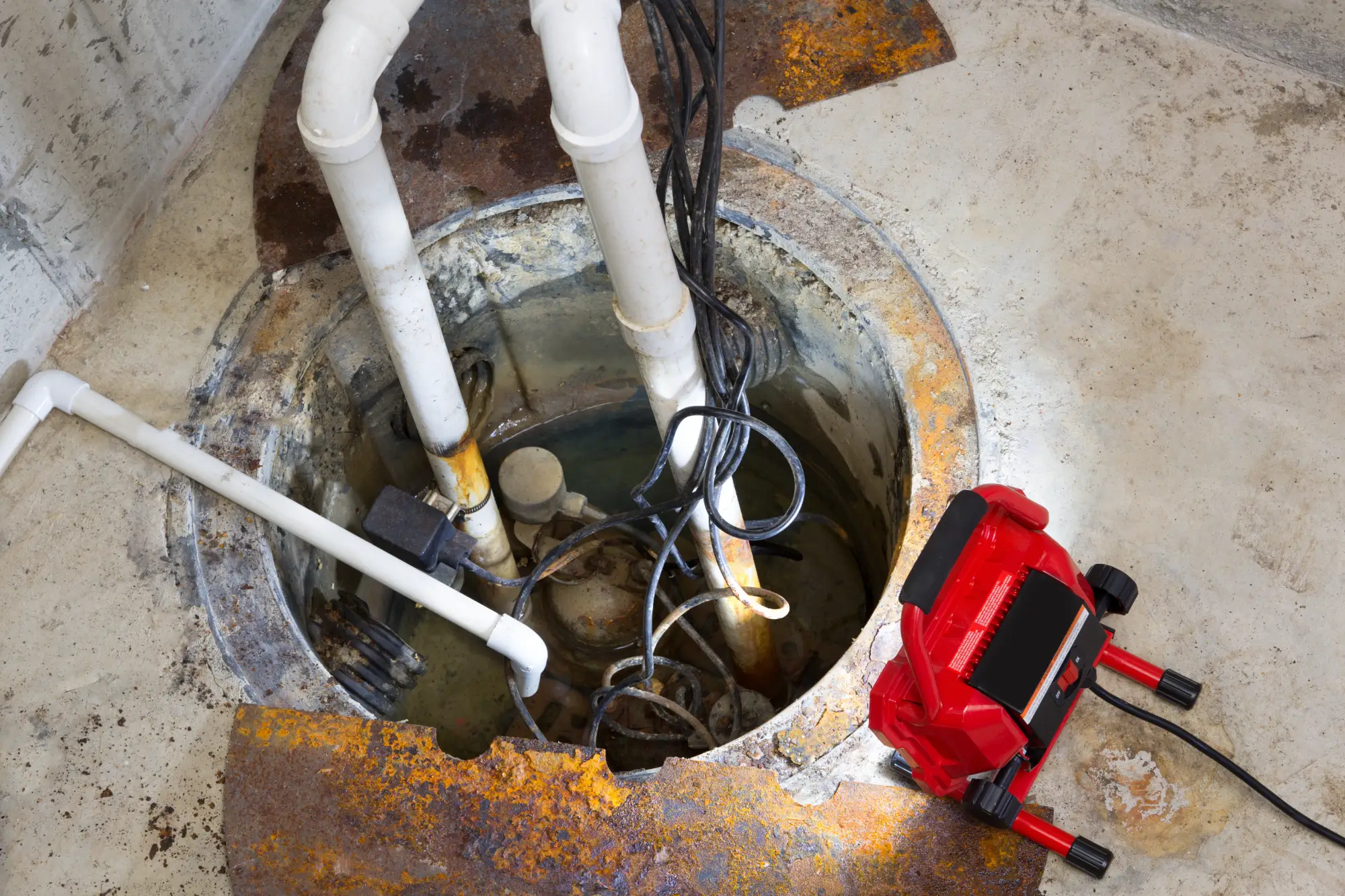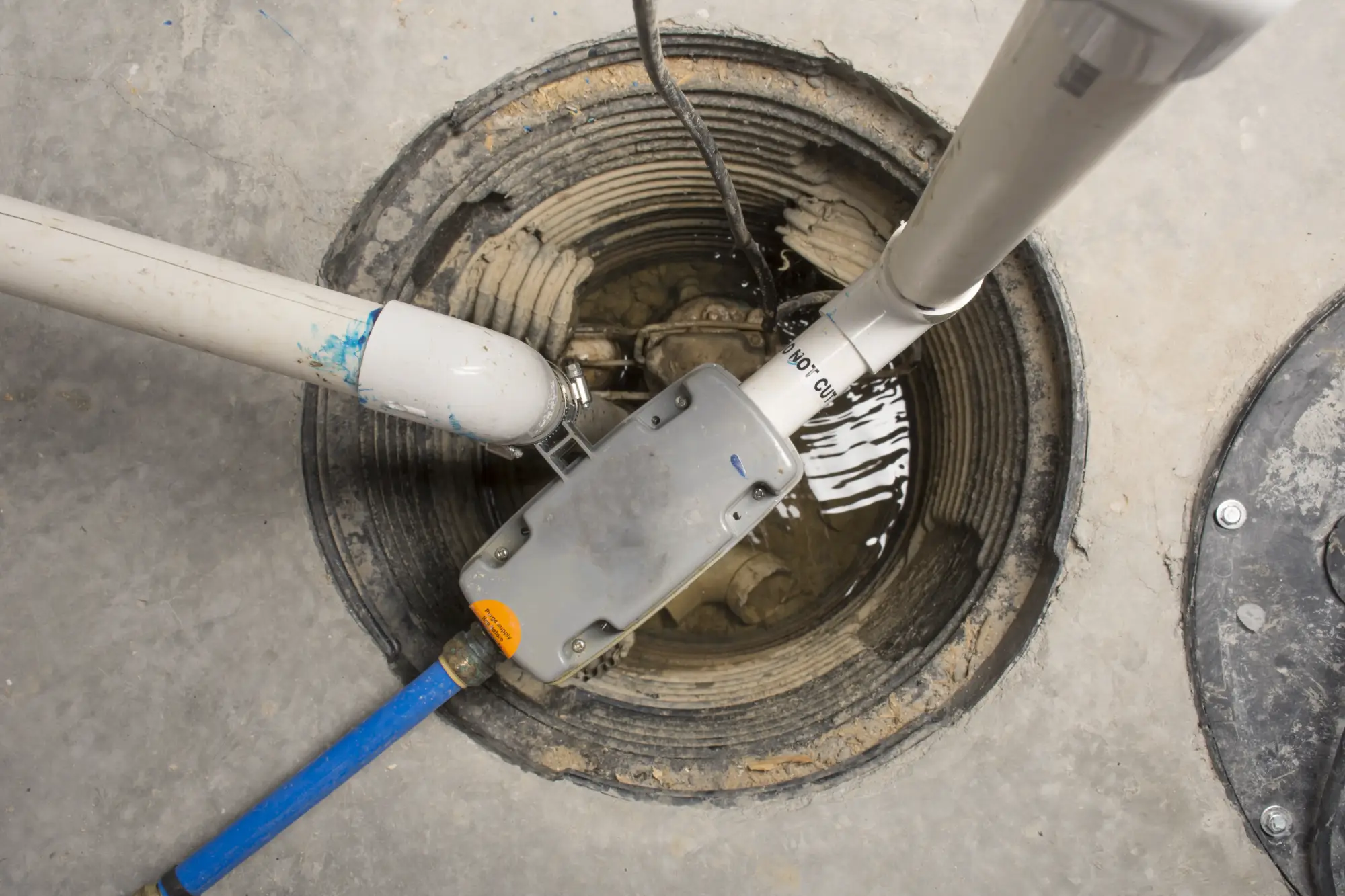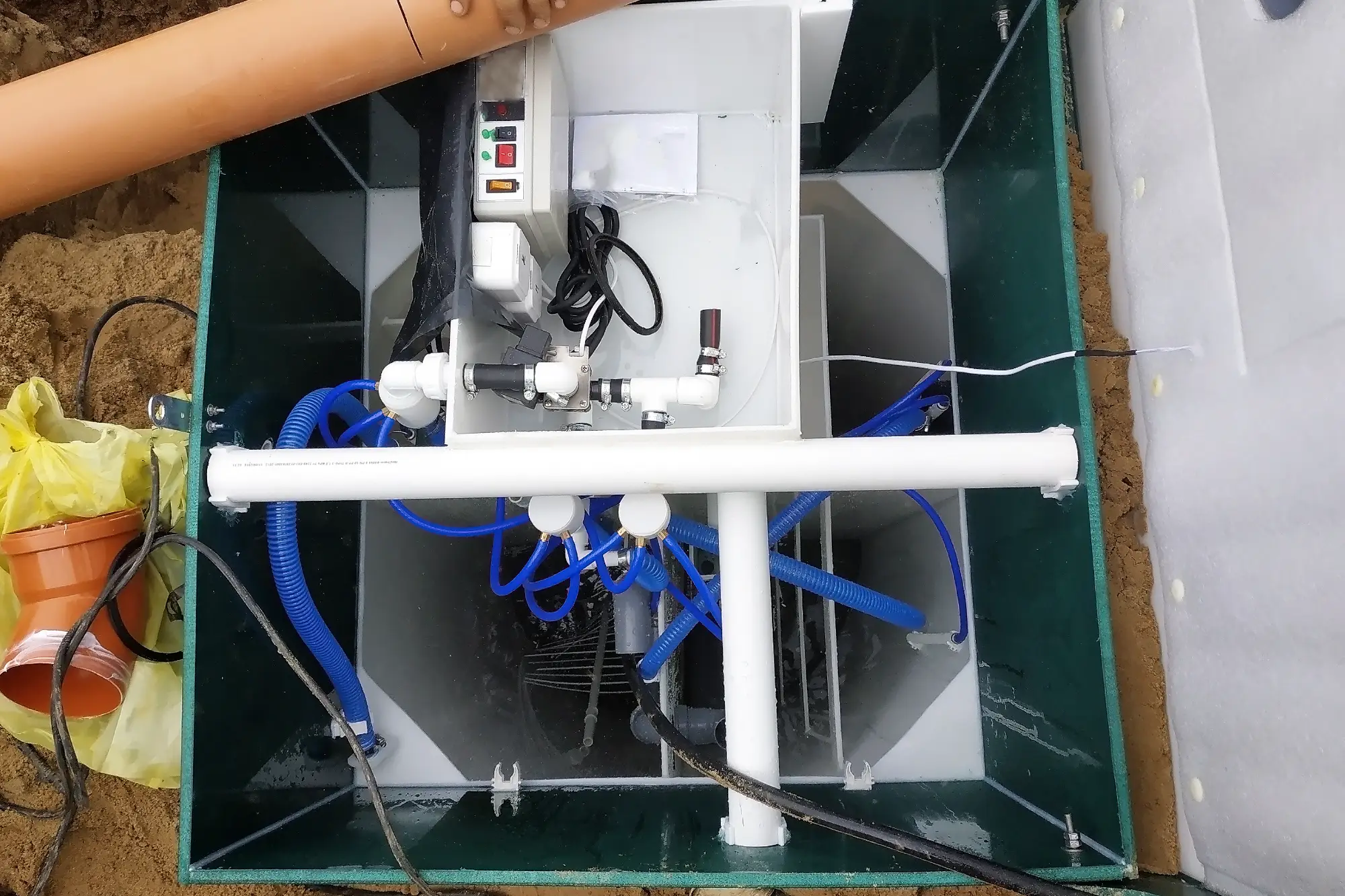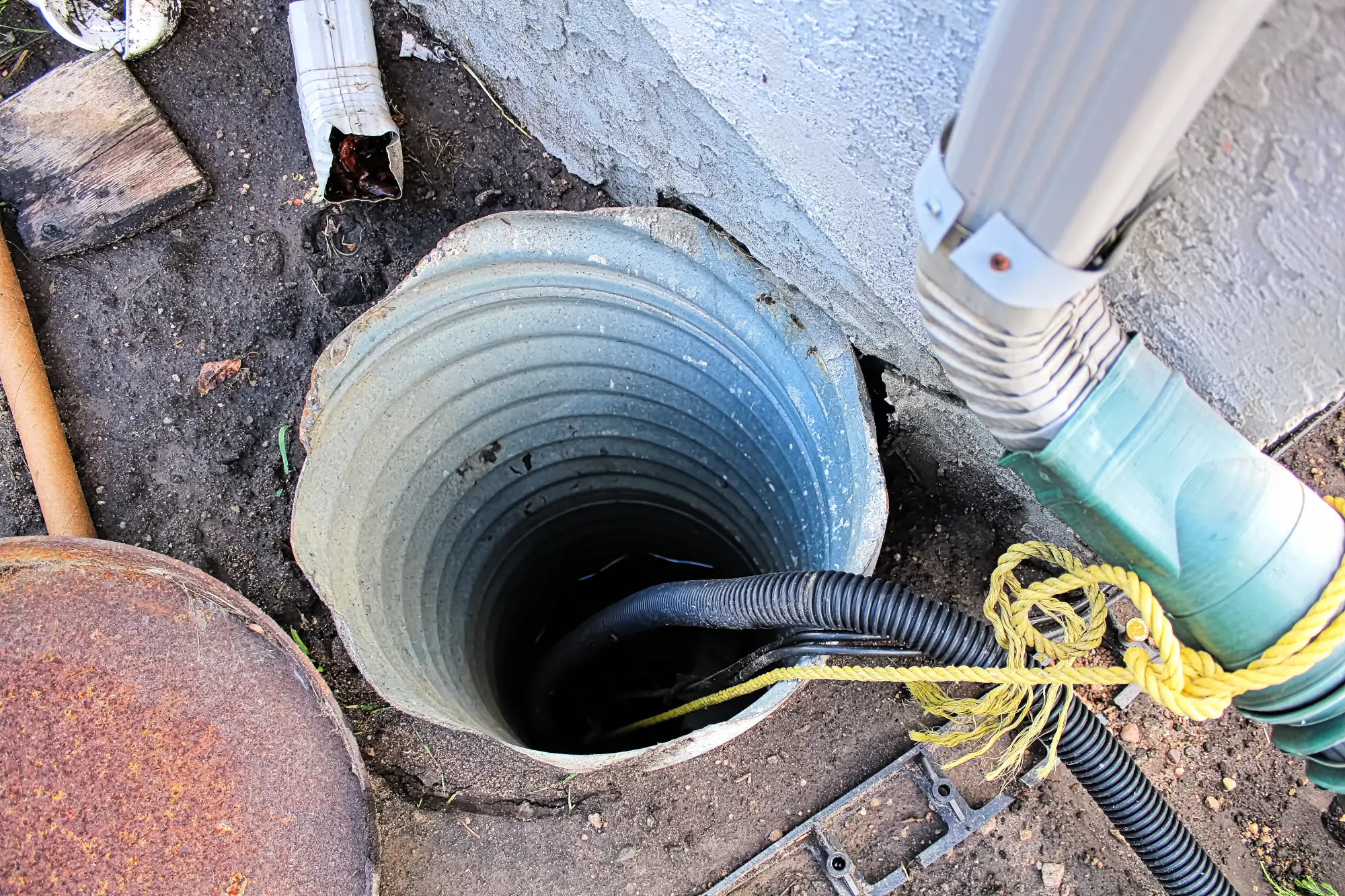Sump Pump Installation in Mineola, NY
Stop Basement Flooding Before It Starts
Professional sump pump installation that actually works when storms hit hardest.

Hear About Us

Basement Protection Mineola NY
You’ll sleep through the next storm instead of checking your basement every hour. No more rushing downstairs with a flashlight when the rain starts pounding.
A properly installed basement sump pump system removes water automatically, 24/7. Your finished basement stays usable. Your stored belongings stay safe. That musty smell disappears for good.
The stress of wondering “will my basement flood again” ends the day we finish your installation. You get a basement that works for you, not against you.
Mineola Sump Pump Installers
Diamond Masonry & Waterproofing has been solving basement water problems across Nassau County for years. We understand Mineola’s soil conditions, water table issues, and building codes.
Every sump pump installation we complete gets the proper permits and inspections. We’re licensed, insured, and we stand behind our work with real warranties.
You’re not getting a fly-by-night crew or a handyman with a YouTube education. You’re getting specialists who’ve seen every basement water problem Long Island can throw at a house.

Sump Pump Installation Process
First, we assess your basement’s specific drainage needs and soil conditions. Not every house needs the same system, and cookie-cutter approaches fail when you need them most.
We excavate the sump pit to the proper depth and install the basin with the right drainage connections. The pump gets positioned for maximum efficiency and longevity. All electrical connections follow local codes with GFCI protection.
After testing the complete system multiple times, we clean up completely and walk you through the operation. You’ll know how it works, what to listen for, and when to call us if anything seems off.

Ready to get started?
Explore More Services
About Diamond Masonry & Waterproofing
Get a Free Consultation
Custom Sump Pump Solutions
Every basement sump pump system includes the pump, basin, discharge piping, and check valve. We size everything specifically for your basement’s square footage and typical water volume.
You get options for backup power systems, because pumps don’t help much when the power’s out during storms. We can install battery backup or water-powered backup systems depending on your needs and budget.
All installations include proper permits, inspections, and cleanup. We’re not leaving you with a mess or paperwork headaches. The system works from day one, and you have our contact information for any questions that come up later.

How long does sump pump installation take in Mineola?
What size sump pump do I need for my basement?
Do I need permits for sump pump installation in Nassau County?
What happens if my sump pump fails during a storm?
How often do sump pumps need replacement or maintenance?
Can you install sump pumps in finished basements without major damage?
Local Resources
- Google Map Link
- Find the Mineola, NY USPS
- Locate Nearby Mineola, NY Pharmacies
- View the Current Weather in Mineola, NY
- Mineola, NY is located in Nassau county in New York State